https://www.lifegate.it/teff-etiopia
- |
- Teff is considered an ancient cereal, which has retained its original peculiarities.
- Rich in nutrients, it is gluten-free and therefore also suitable for celiacs.
- It is grown in Ethiopia, where it plays a crucial role in the national diet.
- The growing demand for teff from foreign countries has increased the price of the cereal in Ethiopia, making it less accessible for low-income families.
Primarily known for its tropical charm and biodiversity, Ethiopia, whose culture dates back thousands of years, is today known as one of the leading countries for the production of coffee, the most consumed beverage in the world after water .But in this singular land, among tropical forests, mountains and ecologically distinct areas, a food also grows that is becoming increasingly known for its interesting nutritional profile:The teff.
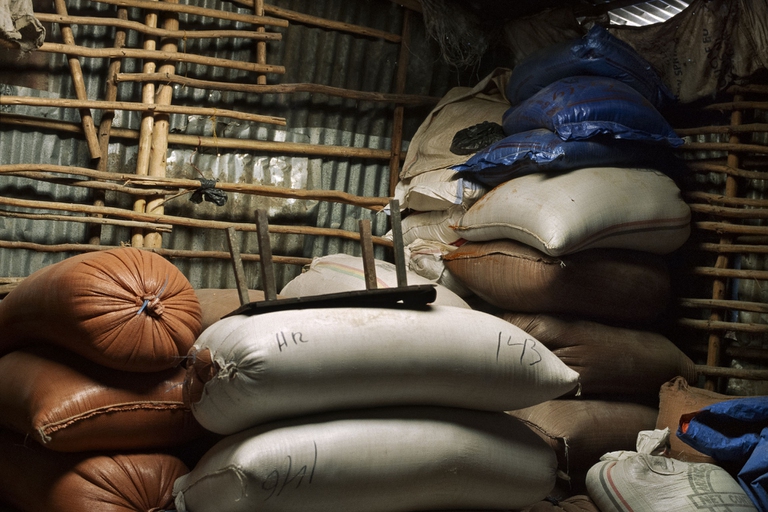
At the same time ancient grain And superfoods, this microscopic cereal wins an excellent position among the ingredients of a healthy diet.Thanks to its interesting nutritional and functional values, its popularity is growing rapidly all over the world.In fact, teff is rich in nutrients, minerals and contains all the essential amino acids gluten free, characteristic that makes it suitable for those suffering from celiac disease.
History and properties of teff
The term ancient grains describes a category of cereals whose history dates back to approximately 10 thousand years ago, during the Neolithic.These cereals retain most of their original properties, having undergone minimal modifications through natural selection over the millennia.The teff, or precisely eragrostis teff, è the smallest cereal in the world, less than 1 mm in diameter.In fact, it is possible to hold in hand a sufficient number of grains to sow an entire field, a property that allows or has allowed in the past a semi-nomadic lifestyle for farmers.
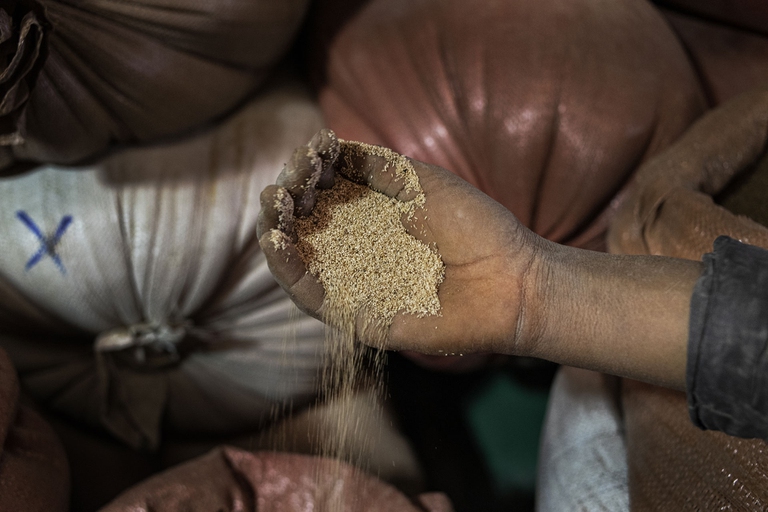
Ethiopia is not only the nation that produces the most teff, but it is also the only one that has adopted it as stable culture after coffee.Cereal is an annual herbaceous plant belonging to the grass family, similar to rye.This food is a important source of complex carbohydrates, proteins, dietary fibre, vitamins and minerals for the Ethiopian population.In particular, it is rich in calcium, iron and vitamin C.As mentioned, the cereal is naturally gluten-free, making it suitable for people with celiac disease or gluten sensitivity.Teff is part of the cultural heritage and national identity of Ethiopia, and is generally used to prepare theinjera, the typical dish symbolizing the country, made by fermenting ground flour with water for about three days and then pouring it onto a hot, electric or terracotta griddle, thus obtaining a spongy bread.
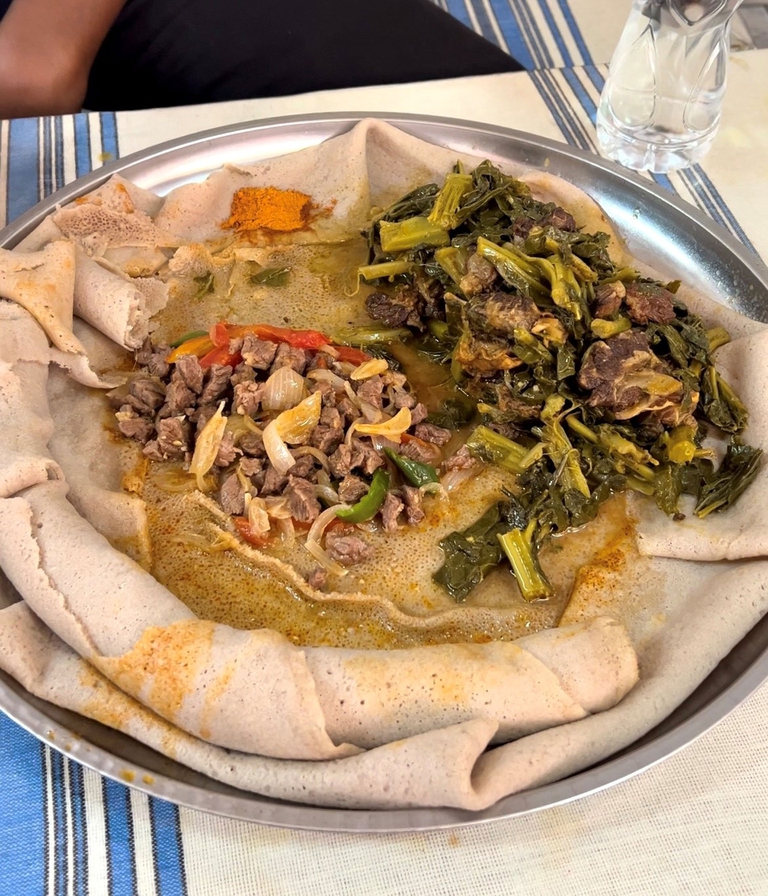
Other uses of the cereal
Teff is also used for feed ruminants in Ethiopia and horses in the United States, mainly in Ohio, where studies for its production have been started.The teff stem is also used locally as building material to strengthen buildings mixed with mud.Other applications include those related to waste, used to produce methane and also how absorbent in case of heavy metal contamination of waste water.
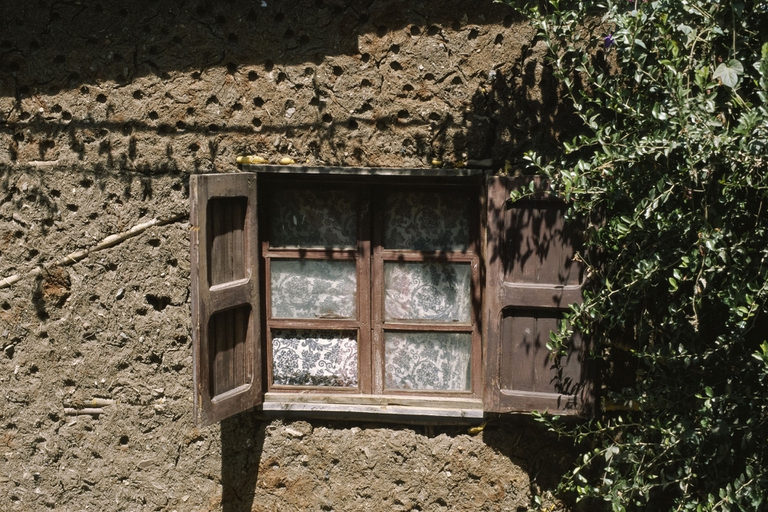
Teff cultivation in Ethiopia
It occurs mainly in the central regions of the country, where the climatic and soil conditions are favourable, however this cereal allows cultivation up to heights of around 3 thousand metres.Teff is sown in the months of May and June, during the rainy season, although in recent years the sowing periods, as well as those for the harvest, are becoming shorter. anticipating due to climate change.The plant grows rapidly and reaches a height of about 1 meter, the harvest takes place approximately three months after sowing, during the dry season, when the plants begin to change color and the ears have dried.Most of the Teff processing is still done by hand, the collection is carried out mainly by women or young people due to the smaller hands and gods delicate movements, which allow you not to waste precious cereal.After being harvested, the teff is accumulated outdoors and left to dry, to then be separated from the stems naturally, with the wind, and not in a mechanized way.In fact, the cereal is repeatedly thrown upwards and, thanks to the wind, separated from the waste, which is then used as food for the animals.
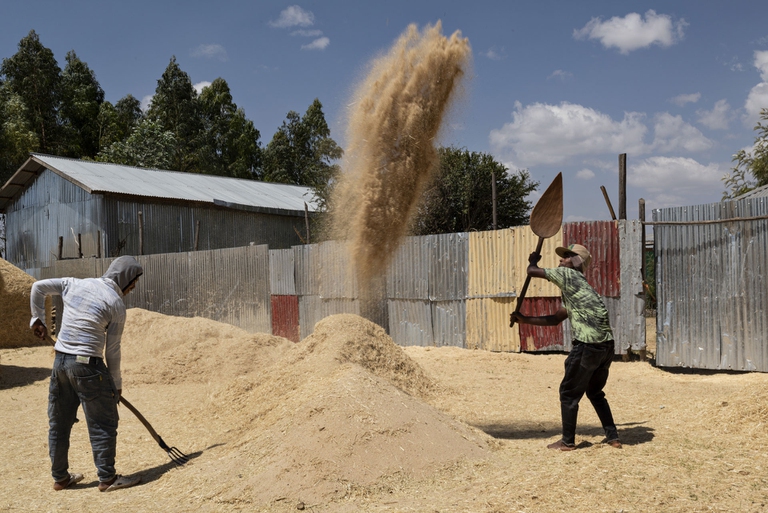
The problem of its small size
The tiny size of teff presents a challenge at all stages of its production and processing.For this reason, in recent years, hybridization studies have been started at the Debre Zeyt research center, located about 50 kilometers south-east of Addis Ababa.The goal is to create new varieties of teff that have greater resistance to diseases and adverse climatic conditions, and are able to maintain their traditional nutritional and organoleptic properties.
These hybridization studies were initiated for preserve and promote teff cultivation: he last decades, in fact, many families they have abandoned its cultivation, which yields one ton per hectare, to focus on other more productive and profitable crops;with hybridized teff, it is now possible to obtain more than double the harvest.
What the studies are about
Two studies on teff are currently being carried out in parallel at the research center:the first concerns the hybridization of around 80 species of cereal, the second focuses on increasing the size of the seed.Teff is a self-pollinating plant, literally in the same plant there are male and female seeds;the former are extracted from the selected plant under an electronic microscope, and then manually inserted into the new ovary of a second species.This process is carried out for each variety, crossing and selecting the desired characteristics.

The second research, based onincrease in the size of the cereal not in a cellular way via GMO, use a simple but effective method:with the help of an experimental machine obtained from the Swiss government, the seeds that are selected after the hybridization process are placed inside a hopper and gradually mixed in the machine with wood dust and natural glue.Thanks to this simple process it is possible to obtain seeds with a sufficient diameter for future mechanical planting, which is more targeted and precise.
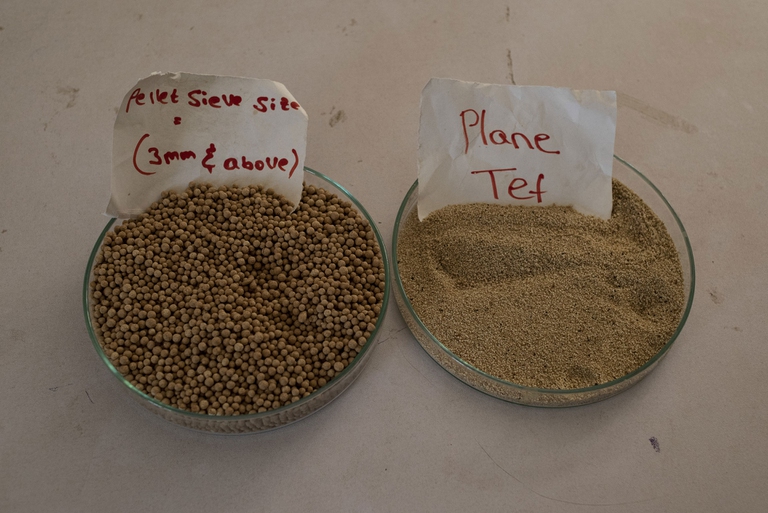
Teff in Ethiopian culture and economy
Teff is a fundamental food in Ethiopian culture, the production and consumption of this cereal represents an important part of the country's economy.Teff cultivation is one of Ethiopia's main agricultural activities and employs thousands of people.Production is mainly managed by small family-run farms, which grow the cereal using traditional techniques.
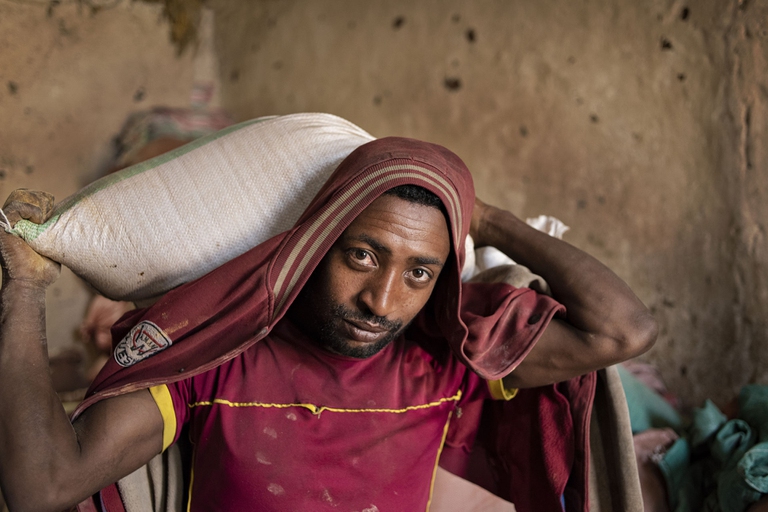
The critical issues related to requests from abroad
However, in recent years, the cultivation of this food has been the subject of debate at a national and international level.The growing demand for teff from foreign countries, such as the United States, has led to a increase in the price of cereals in Ethiopia, making it less accessible for low-income families.Furthermore, some experts, taking into consideration the case of quinoa in South America, have raised concerns regarding the possible export of teff to the detriment of the availability of the cereal on the domestic market.
In response to these concerns, the Ethiopian government has introduced a series of policies aimed at promoting the production and consumption of teff at the national level placing limitations on the massive export of cereals, limitations which have been partially eliminated revoked in recent years to open a new possible market within the Ethiopian economy.
